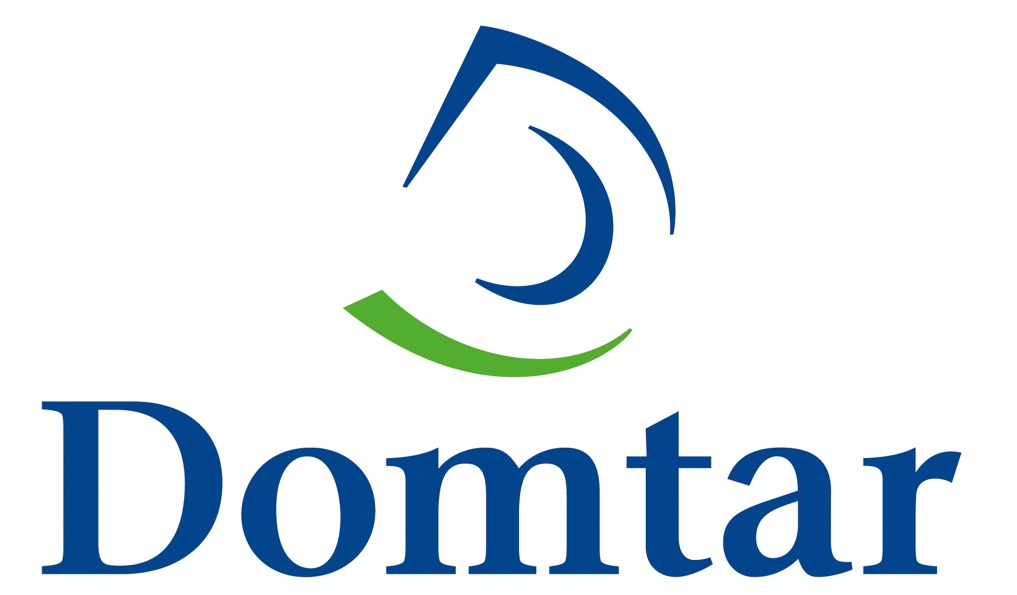More Bang for Your Buck: How to Ensure Effective Company Giving
Domtar shares three lessons on how to make community investment really make a difference within communities, while maximizing efficiency at the same time.

Originally published on GreenBiz.com
by Paige Goff, VP, Sustainability and Business Communications, Domtar
Community investment, as demonstrated through philanthropy, community engagement, corporate partnerships and more, is essential to staying relevant in today’s competitive landscape. In fact, nearly two-thirds (64 percent) of job seekers won’t take a position if the potential employer doesn’t have strong corporate social responsibility practices, according to a recent study on millennial employee engagement.
So how do you know if your company is giving back in the best way possible, maximizing both community investment and efficiency? Use these three tips that Domtar has learned from its own community investment experience over the years.
1. Align to the company’s core mission
Aligning your CSR efforts to your company’s core mission is critical to ensuring that your program is embedded into the company culture. A recent Harvard Business Review study found that profitable companies have CSR programs aligned with the company’s purpose and values.
Patagonia, the outdoor gear and clothing company, provides a best-in-class example of a company whose brand purpose is expressed through its CSR programs. As a brand that is firmly rooted in an appreciation for the great outdoors, it’s intuitive that Patagonia should be a champion for the environment. In 1985, Patagonia established a company policy that gives 1 percent of all sales to environmental organizations annually. Inspired to get other companies on board, founder Yvon Chouinard created 1% For The Planet, an alliance of businesses financially committed to creating a healthy planet. Through this program, Patagonia has donated over $74 million in cash to thousands of community-based groups working to create positive change for the planet in their own backyards.
At Domtar, we align our CSR and corporate giving to the products we make, and the commitment is shared in all levels of the company. For example, our we use our partnership with First Book, an organization that provides brand new books to children in need, to focus on those communities in which Domtar operates. Additionally, rather than outsource the task, Domtar employees themselves often attend the giveaways, giving them a visceral experience of connecting with the good work the non-profit does on the ground.
2. Empower employees to propel community investment at the local level
Without the support of employees, community investment can come off as disingenuous — it is more impactful when it is driven bottom-up instead of top-down. In the experience economy that we live in, volunteering and acting locally are extremely rewarding ways that companies can encourage employees to give back. Providing these opportunities for employees to bring the message of community investment home is especially important when 65 percent of Americans want their company to help them identify ways to get more involved, a statistic that is even higher among millennials (84 percent).
Domtar’s EarthChoice Ambassador Program (PDF) does just that by inviting employees to make a difference in the world through a focus on customers, colleagues and communities. This is accomplished by using all types of community investment — holding recycling drives, volunteering with local nonprofit organizations and more. Now entering its seventh year, this employee-led program is active at more than 20 of Domtar’s facilities with the goal of expanding company-wide by 2020.
Heather Stowe, corporate social responsibility manager at Domtar and founder of the EarthChoice Ambassador Program, said, "Community investment is supported by the ECA program in our communities. Last year, we logged over 2,000 volunteer hours and this year, we hit 4,000 hours by October."
3. Assess, adjust, repeat
It’s critical to find moments throughout the year to reassess if CSR programs are as efficient and effective as they can be, as frequent evaluation will help shed light on areas of improvement and impact.
PNC is a great example of a company that slowed down and reassessed their corporate giving to align more closely to their core business. Before its creation of Grow Up Great, an initiative that provides educational resources to underserved populations, PNC had a locally focused CSR budget that allowed regional managers to allocate funding to any nonprofits that they saw fit. After the launch of Grow Up Great, PNC gradually began to sunset those initiatives that were no longer aligned, and re-tooled the criteria for the bank’s community based giving.
At Domtar, we knew we were having an impact in our communities, but after years of following the same giving strategy, we realized that we could be even more effective. After conducting an audit of both Domtar’s investments and the existing trends in the community investment space, the company decided to follow a new approach to giving back. Domtar created a new platform for our CSR, with three distinct focus areas for our giving, including sustainability, literacy and health and wellness, ultimately tying more closely to the company’s business model and core mission.
In terms of reassessing, it is extremely important for companies to also track and measure progress as time goes on. Domtar’s strategy for measuring the hours, dollars and communities impacted is taken very seriously. Each year, the organization reviews annual reports sent by its partners that recap the initiatives throughout the year, providing stories that illustrate the impacts made in local communities. This review process provides the proof that can back up the time, money and effort spent in community investments all year round.
Ultimately, one of the best parts about community investment is that it goes beyond philanthropy, employee volunteerism, or donations. Community investment inspires action and impact in the communities in which corporations work, live and play from a multi-pronged approach.
Prioritizing strong community investment gives a competitive advantage with employees, customers and shareholders, all the while adding a feel-good aspect to your day-to-day operations.

